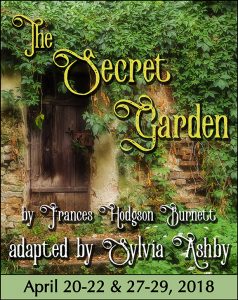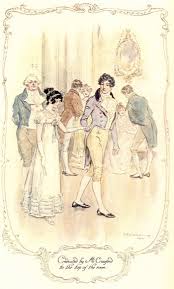Some SECRET GARDEN FAQs
 Part of our mission at all for One is to educate as well as entertain and inspire. This blog and the dramaturgy in each program are among our efforts to enlighten and educate our audience. We hope to deepen your understanding of the background and implications of the stories we present on stage.
Part of our mission at all for One is to educate as well as entertain and inspire. This blog and the dramaturgy in each program are among our efforts to enlighten and educate our audience. We hope to deepen your understanding of the background and implications of the stories we present on stage.
Here are some topics which may raise questions in the minds of our audience: Why India? What is cholera? Why are gardens walled at Misselthwaite? Are English and American robins the same? These are addressed briefly in the program, but we hope you will take the time to “read more about it” on this page, and share what you learn with your children who have enjoyed The Secret Garden.




 All the period music used in our production was recorded on a Casio Privia (PX 350M) digital keyboard. The pieces marked “arranged” had added instrumentation (french horn, contra bass, bassoon, etc). For the two Beethoven Symphonies, a one-piano four-hand edition was used to create the orchestrations. The pieces marked “altered” were amended in some way: measures removed, tempos significantly changed.
All the period music used in our production was recorded on a Casio Privia (PX 350M) digital keyboard. The pieces marked “arranged” had added instrumentation (french horn, contra bass, bassoon, etc). For the two Beethoven Symphonies, a one-piano four-hand edition was used to create the orchestrations. The pieces marked “altered” were amended in some way: measures removed, tempos significantly changed.